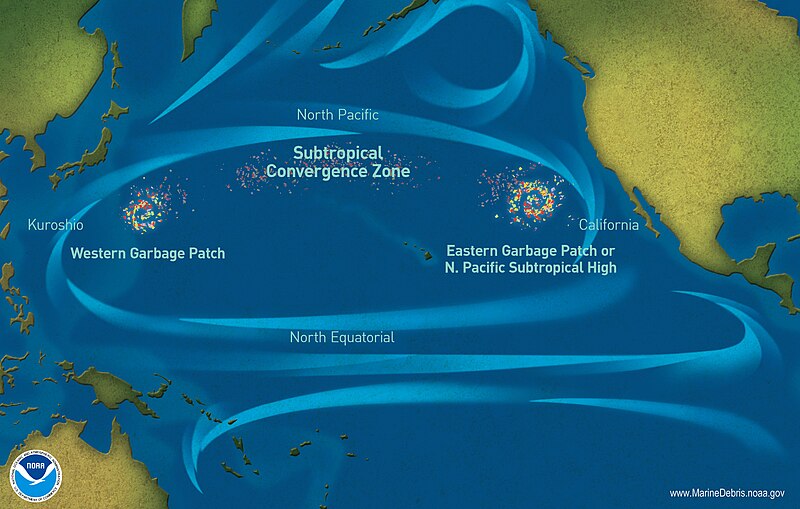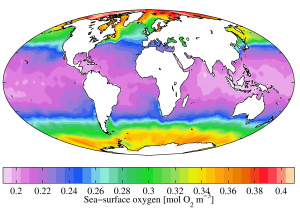A one-way ticket to paradise may seem like the ideal getaway to many, but like all good things in life, it will come at a cost. Imagine going on a tropical vacation to a small island in the West Pacific Ocean, participating in ecotourism activities, such as snorkeling and scuba diving, and ending the day by enjoying a freshly caught fish for dinner at a beachside restaurant. Sounds like the perfect, well-deserved vacation we all dream of, right? Well, little did you know, each and every one of these activities is contributing to the deterioration of the marine ecosystem, while simultaneously impacting the island’s economy.
FIRST STOP: PALAU

An aerial view of islands in the Republic of Palau. Source: Flickr Credit: Charly W. Karl
To investigate the impacts that tourism, offshore fisheries, and climate change have on small island and coastal communities, a team of researchers analyzed the Republic of Palau, a group of small islands with a population of about 20, 000 people, but a tourist destination that attracts over nine times that number annually. Located in the Pacific Ocean, about 750 km east of the Philippines, Palau is a world renowned ecotourism destination, known for its immense array of tropical species and magnificent coral reefs.
A SINKING ECONOMY

Tourists snorkeling with reef fish off the coast of Palau. Source: Wikimedia Commons Credit: Angelique800326
A recent increase in tourism, along with a high demand for reef fish, and the issue of climate change are all affecting the ecosystem. Unexperienced scuba divers and snorkelers commonly harm the wildlife by, for example, dropping equipment and gear into the ocean. A massive influx of tourists will inevitably require a greater amount of food available for consumption, most prominently local fish. Overexploitation of these fish by both local and foreign fleets may help to boost the economy now, but once fish supplies are exhausted, locals will not only lose a primary food source, they will also be at a loss for jobs. The number of flights reaching Palau each day, as well as the amount of traffic transporting people around the island contributes to climate change.
CLIMATE CHANGE WHO?
Climate change is often at the centre of attention in both the scientific and political communities. Often a topic of great debate, climate change nonetheless has devastating impacts on islands, such as Palau. Ocean acidification, species diversity loss, and rising sea levels are not only all interrelated, but they can also all be attributed to climate change. As discussed in the podcast below, climate change has many impacts on both the ecological and economical stabilities of Palau, and likely many other similar island and coastal communities.
NOT MY PROBLEM
Just because you don’t live on the island of Palau, or plan to visit it anytime soon, doesn’t mean you shouldn’t be concerned about the ecological and economic issues this community is facing. As indicted by Dr. Andrés Cisneros-Montemayor in the video clip below, the findings from this study can be extrapolated to many other islands, in addition to coastal cities. By putting all of these factors together, it is clear that these islands might literally disappear in the future, putting both locals and tourists at risk.
Written by Chris Lam, Nick Di Lello, Kelsey Wong






















